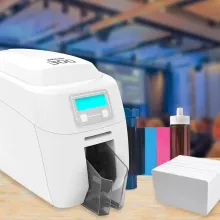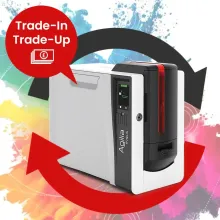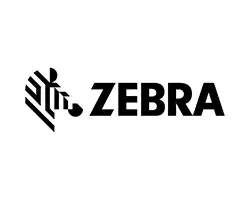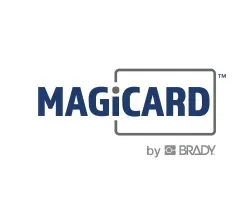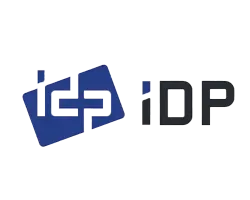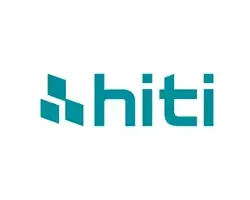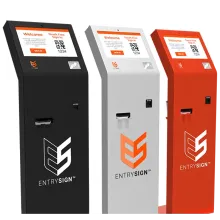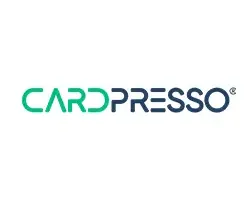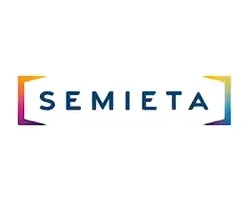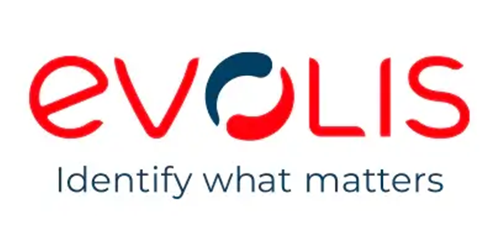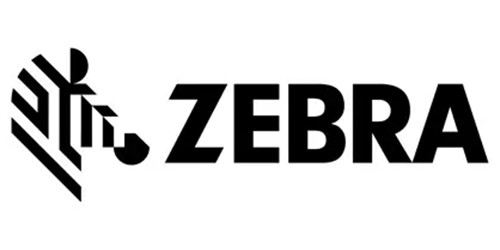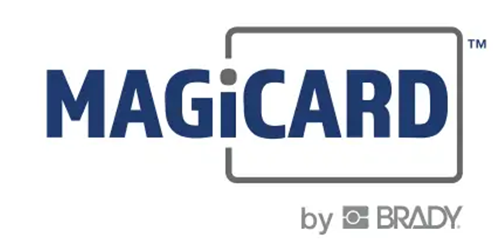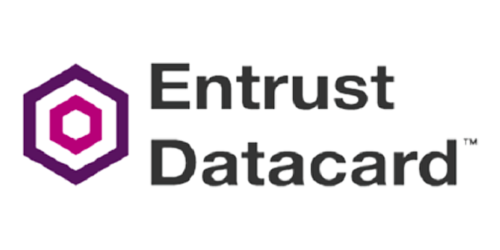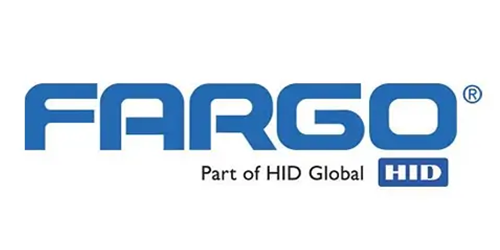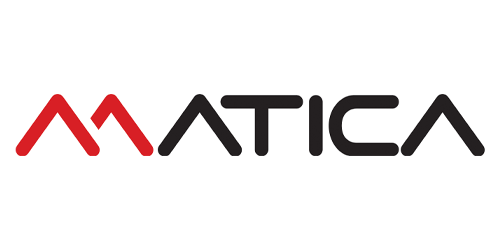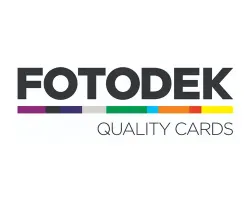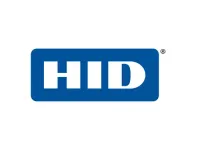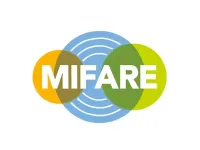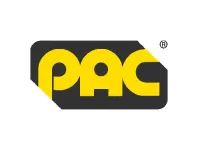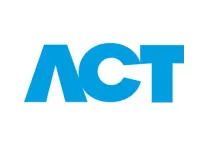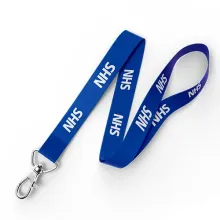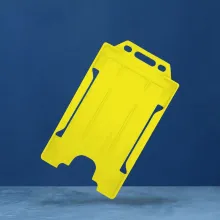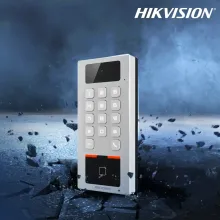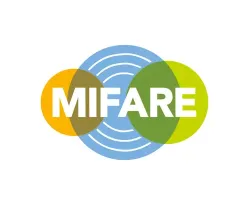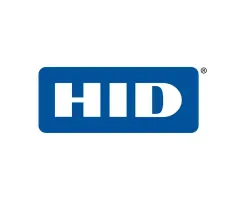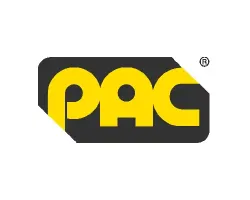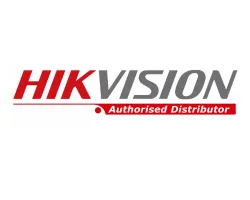-1060x400w.png)
Published 03 March 2023
Last Updated 01 December 2025
.png)
Table of Contents
1. Cost of Retransfer ID Card Printers
2. Maintenance Costs
3. Retransfer ID Card Printer Consumables
4. Choosing the Right Consumables
5. Proper Maintenance
6. Maintaining Retransfer ID Card Printers
7. Training for Retransfer ID Card Printers
Retransfer ID card printers have become a popular choice for organisations looking for high-quality and long-lasting ID cards. What sets retransfer printers apart is their unique printing technology, which transfers the printed image onto a film before applying it to the card surface. This results in superior print quality and durability over other print technologies, such as dye sublimation, making retransfer a great option for printing on cards with uneven surfaces, such as access control cards.
While retransfer printers may have a higher initial cost and ongoing maintenance expenses compared to other ID card printers, their cost of ownership can be offset by several factors. For instance, organisations can save money by avoiding the need to hold multiple pre-printed cards and reducing the risk of reprinted cards due to poor print quality. Additionally, the flexibility offered by retransfer printers means that there's no need to swap out cards each time, which can save time and increase productivity.
In this blog post, we'll explore the total cost of ownership of retransfer ID card printers and discuss the factors that impact their cost-effectiveness.
Cost of Retransfer ID Card Printers
When considering retransfer ID card printers, the initial cost can be a significant investment for any organisation. Entry-level models can start from around £2,000, while more advanced models with additional features or encoders can cost significantly more. It's crucial to consider ongoing costs and benefits to help you choose a model that meets the organisation's needs while staying within its budget.
Maintenance Costs
To determine the total cost of ownership of a retransfer ID card printer, it's essential to consider both the initial cost and ongoing maintenance costs over the lifespan of the printer. While retransfer printers may have a higher initial cost compared to other ID card printers, they are more cost-effective in the long run due to their durability, high-quality output, and ability to print on non-flat surfaces. Additionally, their flexibility can save organisations money by avoiding the need to hold multiple pre-printed card stocks or reprint cards due to poor print quality. By factoring in all of these costs and benefits, organisations can make informed decisions when choosing the right retransfer ID card printer for their needs.
While the initial cost of a retransfer ID card printer is considered before purchasing, ongoing maintenance costs are often overlooked. These costs include regular cleaning of the printer, replacing consumables such as ribbons and cleaning kits, and repairs if the printer malfunctions. Proper maintenance is essential to ensure the longevity and consistent, high-quality output of the printer.
Retransfer ID Card Printer Consumables
Retransfer ID card printers require certain consumables to ensure they function to their highest ability. These include ribbons, retransfer films and cleaning kits. The cost of these consumables can vary depending on the make and model of the printer, as well as the printing requirements, such as single or double-sided printing. Typically, the colour ribbon is the most expensive consumable, with its cost varying based on the type of film used and the volume of printing.
Choosing the Right Consumables
When choosing consumables for a retransfer ID card printer, it's important to consider the quality of the materials. High-quality consumables can ensure consistent and accurate printing, as well as increase the lifespan of the printer. Cheaper consumables may result in poor print quality, leading to costly reprints or even damage to the printer.
Proper Maintenance
Proper maintenance of consumables is essential to ensure the longevity and consistent, high-quality output of a retransfer ID card printer. This includes regular cleaning of the printer, as well as replacing ribbons and retransfer films when needed. Additionally, using high-quality cleaning kits can prevent damage to the printer and ensure that it continues to function optimally.
By understanding the importance of consumables in ID badge printing, organisations can make informed decisions when choosing the right consumables for their needs.
It's important to consider both the quality and cost-effectiveness of consumables to ensure that upi get the best possible results while staying within your budget.

Maintaining Retransfer ID Card Printers
Regular maintenance is crucial to ensure that retransfer ID card printers continue to perform optimally and have an extended lifespan. Maintenance tasks include cleaning the print head using a cleaning card, cleaning the rollers, and removing any dust that may have accumulated (the air intake is typically very high on these printers). Additionally, worn-out parts may need to be replaced. The cost of maintenance can vary based on the printer's usage, age, and the type of maintenance required.
By understanding the importance of regular maintenance for retransfer ID card printers, organisations can ensure that their printers continue to function optimally and have an extended lifespan.
Training for Retransfer ID Card Printers
Retransfer ID card printers require more specialised training than direct-to-card printers to ensure trouble-free operation and effective maintenance. It's important to ensure that staff members operating and maintaining the printer have received the necessary training.
Organisations may choose to provide in-house training to their staff to ensure that they have the knowledge and skills to operate and maintain the printer effectively. However, this requires expertise and resources to develop and deliver a comprehensive training program.
Alternatively, organisations can opt to utilize installation and training services provided by ID Card Centre’s technical support service, IDAssist. This service can provide comprehensive training tailored to the specific printer model and the organisation's needs.
By prioritising training for retransfer ID card printers, organisations can ensure that their staff members have the knowledge and skills needed to operate and maintain the printer effectively. Whether providing in-house training or utilising IDAssist, it's essential to invest in training to maximise the printer's performance and lifespan.
In conclusion, retransfer ID card printers are a valuable investment for organisations needing high-quality and long-lasting ID cards. To calculate the total cost of ownership (TCO), it is important to factor in the initial cost, consumables, maintenance, and training expenses. Selecting a printer that meets the organisation's requirements and proper maintenance can help lower the overall cost of ownership and provide excellent print quality and durability for an extended period.
To help with this process, we have created a table below which provides an estimation of costs based on an annual usage of 50,000 cards, approximately 200 cards per day.
In deciding which retransfer ID card printer to purchase, price is just one of the many factors to consider. It is important to look beyond the cost and consider other important factors such as the warranty, printer and consumable availability, print speed, bend remedy, and encoding options. These factors can impact the overall efficiency and effectiveness of the printer in meeting the organisation's needs. It's crucial to select a printer that fits the organisation's requirements and ensures continuity of supply.
Additionally, the team at ID Card Centre is available for a consultative approach and can provide in-depth information and specific advice or even a quotation upon request. It is essential to remember that the prices mentioned are based on current MRRP and are subject to change.
About the Author
Samuel Poole
ID Card Printing Specialist
Samuel is an ID Card Printing Specialist, with deep expertise in ID card printers, card printing processes, and card design. He understands the right equipment is crucial to meeting your requirements, ensuring print quality, and the production professional, functional card layouts. Samuel understands how to design ID cards that maximise visual impact, functionality, and space – ensuring every card works hard for your organisation.

